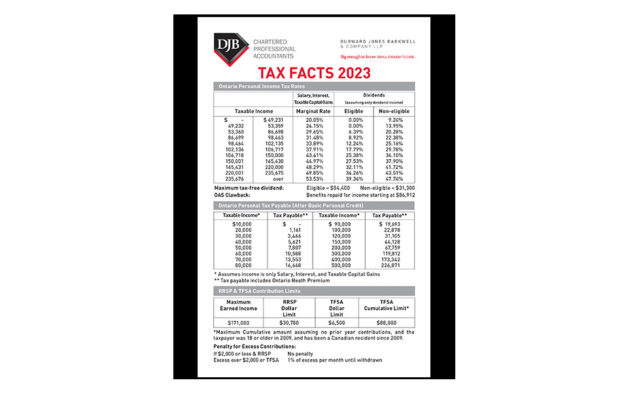There comes a time in every company — a tipping point — when growth prompts the need for more formal policies and procedures. One of the areas where this need quickly becomes most obvious is in the human resources arena. As the number of family members increases from generation to generation, the complexity of hiring, training, and managing relatives can quickly overwhelm the original founders.
Part of the problem is that sometimes, typically after the second generation of family members is hired, there’s an expectation that all of the third generation of children and cousins will find life-long careers in the family business. While this works beautifully for a few family companies, it’s untenable for most.
Some relatives are more talented, knowledgeable, or harder working than others. Some have unique skills or training that make them particularly valuable to the company. Others are less motivated or less responsible, or just aren’t interested in pursuing a career there.
Be Intentional
The best way to manage these expectations — and the ensuing family drama — is to create thoughtful written family employment policies. Having these policies in place lets all of the relatives know exactly how the company handles the employment of family members. The topics to be addressed by the policies should include:
Education and training: Do you expect family members to attain certain degrees, licenses, or certifications before they join the company? If so, this should be spelled out in the employment policies, along with a timeframe required for completing the education or training. Also, clarify the company’s policy on paying for additional education or training programs.
Experience: Some family businesses require relatives to have a certain number of years of outside experience before joining the company. Exposing young adults to the rigors of the “real world” often gives them an appreciation for the dedication it takes to make a company thrive. They can also learn from others outside the business and bring those lessons back to the family, which adds a fresh perspective and new ideas.
Career track: Where will family members start their careers and how will they move up the corporate ladder? Some companies have formal training programs that rotate relatives through the various departments of the business so they get the big picture and discover their passions. Others start relatives at the lowest position and have them work their way up just as non-family employees do. Whatever path you choose is fine, but get it in writing so relatives know what to expect.
Compensation: How and how much will family members be paid? It’s not unusual for family businesses to overpay or underpay relatives. Best practices dictate that salaries be market-driven. That way, the family employees know the true value of their services relative to other employees and the marketplace.
You must also determine how to compensate relatives who actually work in the business (versus those who don’t), who will participate in ownership, and how ownership shares will be dispersed.
Communicate Regularly
To be effective, these policies must be enforced, communicated, and updated. An annual family meeting — separate from a business meeting — is the perfect forum for discussion of these and other family issues. While introducing these policies may be met with some resistance, moving forward with them in place takes a huge burden off the executive team and ultimately preserves family relationships.
If you’re making major changes to the way family employment has been traditionally handled, these discussions might be a bit emotionally charged. But getting everything out on the table is often a relief, and having everyone informed and on the same page sets the stage for a successful future.





